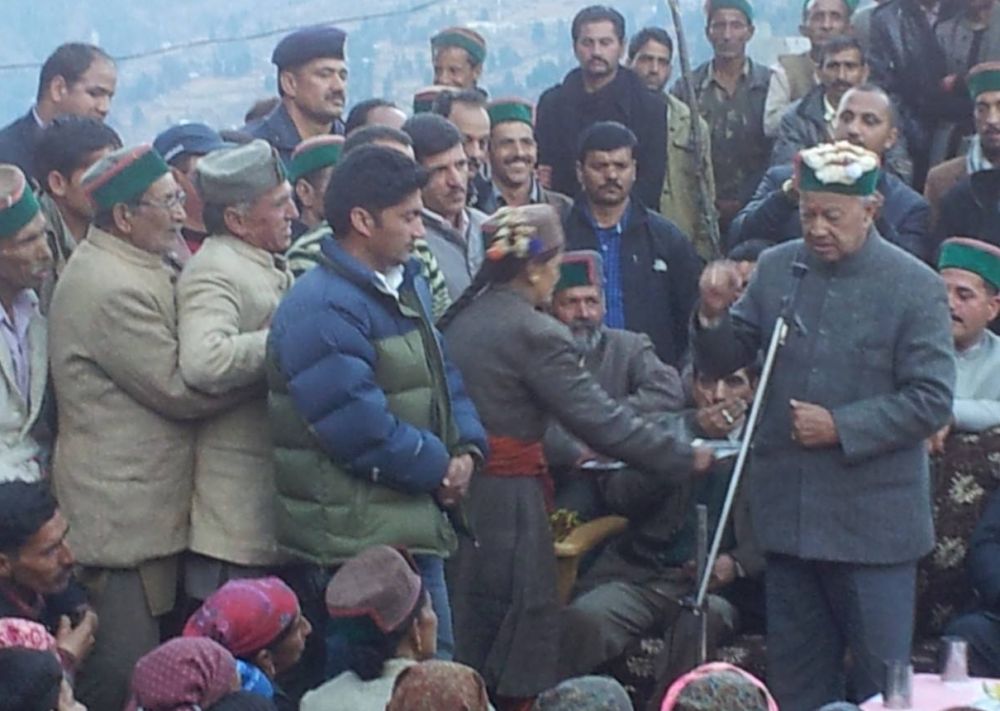Shimla – The High Court of Himachal Pradesh has suspended the implementation of a law aimed at conferring tribal status upon the Hattee community residing in the Giripar area of Sirmaur district. The court has also put on hold the directive issued by the State Tribal Development Department on January 1, 2024, instructing the Deputy Commissioner of Sirmaur to issue tribal certificates to residents. A Division Bench of Chief Justice MS Ramachandra Rao and Justice Jyotsna Rewal Dua, raised pertinent questions about the need for such legislation, particularly when the Central Government has rejected the proposal on three separate occasions.
The court expressed skepticism regarding the legal justification for designating the area as a tribal region, pointing to allegations in the petition that the designation occurred without a proper population survey. Other claims argue that the residents already belong to Scheduled Tribes and Scheduled Castes. Furthermore, critics contend that there is no distinct Hattee tribe in the state, and granting reservation rights in the name of Hattee to upper-caste individuals is legally untenable. The court underscored the importance of specific criteria for declaring a geographical area as a Scheduled Tribe, which, in this case, seems to be lacking.
Under the existing reservation policy in the country, Scheduled Tribes, Scheduled Castes, and Other Backward Classes already receive 15%, 27%, and additional reservations, respectively. Proposals seeking tribal status for Giripar area residents were submitted to the Central Government in 1995, 2006, and 2017, but faced rejection each time. Reasons for rejection included the lack of population uniformity, the broad nature of the term ” Hattee” covering all residents, and the absence of a specific ethnic group associated with Hattee.
This development adds a layer of complexity to the ongoing debate over tribal status, raising questions about the legal foundation and necessity of the proposed law. The court’s decision is likely to prompt a closer examination of the criteria for tribal status designation and its alignment with existing legal frameworks.







